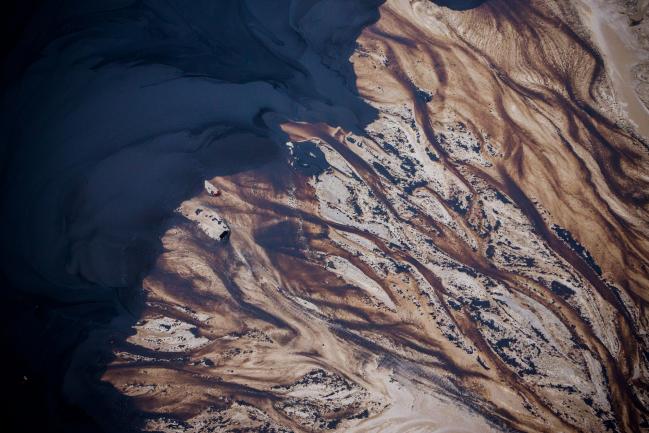(Bloomberg) -- Brent oil traded near the highest level in a week after Saudi Arabia was said to be content with the global benchmark crude breaking above $80 a barrel.
Futures in London were little changed near $79 a barrel after a 1.3 percent gain Tuesday. The world’s biggest crude exporter believes it may no longer be possible to avoid higher prices as U.S. sanctions on Iranian exports crimp supply, according to people familiar with Saudi Arabia’s view. Meanwhile, an industry report Tuesday showed U.S. crude stockpiles increased 1.25 million barrels last week, defying expectations for a decline ahead of government data Wednesday.
Prices have traded mostly below $80 over the past few months on fears trade tensions between the U.S. and China could damp global demand. Still, concerns remain that supplies could tighten as a November deadline for American sanctions on Iranian oil approaches. Investors are also turning their focus to Sunday’s OPEC meeting with allies for clues on whether the group will boost output again after President Donald Trump called on the cartel to rein in prices.
“Investors are currently assessing the Saudis’ mixed message on oil prices versus its earlier pledge to increase output,” said Hong Sungki, a commodities trader at NH Investment & Securities Co. in Seoul. “But U.S. pressure will come into play and it’s more likely that OPEC producers and allies will decide on a production boost later this week.”
Brent for November settlement traded at $79.01 a barrel on the ICE Futures Europe exchange, down 2 cents at 10:45 a.m. in Singapore. Prices on Tuesday advanced 98 cents to $79.03. The contract traded at a $9.38 premium to West Texas Intermediate for the same month.
Iranian Exports
WTI crude for October delivery, which expires Thursday, was at $69.91 on the New York Mercantile Exchange, up 6 cents. The contract climbed 94 cents to $69.85 on Tuesday. Total volume traded was about 54 percent below the 100-day average.
Prices in New York and London both rose as much as 2.2 percent in the previous session after Saudi Arabia was said to be comfortable with higher crude prices, at least in the short term, as the market adjusts to the loss of Iranian supplies. Oil exports from the Persian Gulf nation have plunged about 35 percent since April, the month before Trump exited from the diplomatic deal with Tehran and announced new oil sanctions.
While Iran’s exports have moved in Trump’s favor, the president faces the predicament of wanting oil prices to come down before U.S. midterm elections on Nov. 6. Trump sent several tweets stating that prices are too high after Brent rose to a three-year high in May. Saudi Arabia, Russia and other major producers are scheduled to meet in Algiers on Sunday to review their strategy after the group agreed to increase production in June.
Meanwhile, American Petroleum Institute data showed that crude stockpiles increased last week, while those in the storage hub at Cushing in Oklahoma fell. A Bloomberg survey of analysts forecasts a 2.5-million-barrel decline in nationwide inventories.
Some other key oil-market figures, news and events:
- Venezuela plans to use a new $5 billion loan from China to nearly double oil production that’s fallen to a seven-decade low.
- Russia’s soaring crude production is set to continue rising for the next three years but will only increase further if its tax system is changed.
- The Cboe/Nymex Oil Volatility Index fell 1.5 percent on Tuesday, the biggest drop in almost two weeks.
